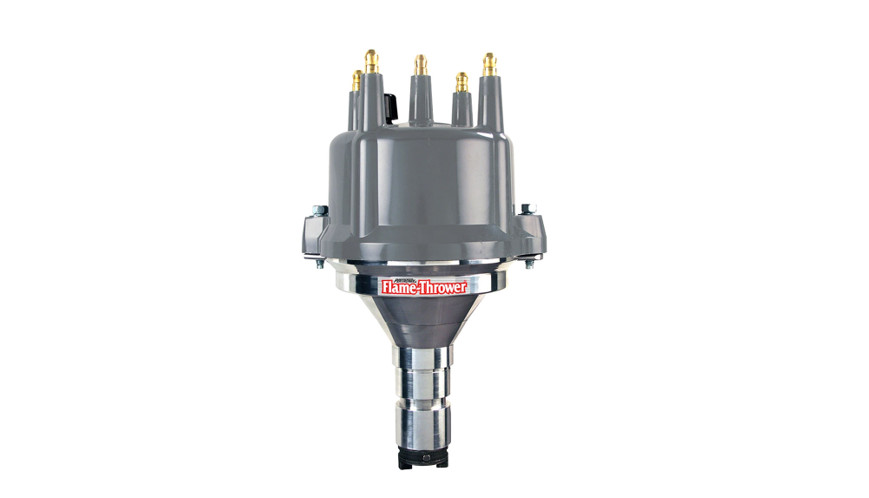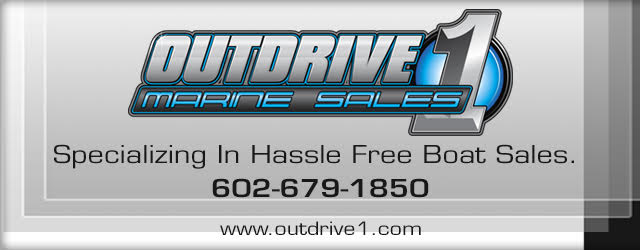mesquito_creek
Well-Known Member
- Joined
- Sep 25, 2009
- Messages
- 4,023
- Reaction score
- 7,090
New rebuilt GM 350, 4 bolt, steel crank, .030 over. Edlebrook Estreet aluminum heads, Edlebrook performer intake, Edlebrock 600cfm carb, flat tappet hydrolic lifters and the max cam the head/springs will take ~.5 lift.
I have about 9-10 degree of advance in the idle/startup. (Petronix distrbutor).
It starts super cold blooded. Take alot of pumping the throttle to get it to start cold. Once it warms up it starts pretty easy. But still after sitting a bit it might take a hit or two to get it idling again. Secondly the idle isn't real "strong", I can bump it into gear and it may stall out, not always but the motor will hesitate and recover most times.
Its only got about 30 gallon of fuel ran through it, maybe 3-04 hours total, but I ran it hard in the break in.
Do I have too much initial timing in it?, will retarding the startup timing to 6-8 help? Will dialing in the idle air fuel mix have any effect? Maybe more rich?
Bonus, is once it hit about the 3000 rpm it runs like a raped ape, and you can really feel it start to breathe and hum like a champion....
I have about 9-10 degree of advance in the idle/startup. (Petronix distrbutor).
It starts super cold blooded. Take alot of pumping the throttle to get it to start cold. Once it warms up it starts pretty easy. But still after sitting a bit it might take a hit or two to get it idling again. Secondly the idle isn't real "strong", I can bump it into gear and it may stall out, not always but the motor will hesitate and recover most times.
Its only got about 30 gallon of fuel ran through it, maybe 3-04 hours total, but I ran it hard in the break in.
Do I have too much initial timing in it?, will retarding the startup timing to 6-8 help? Will dialing in the idle air fuel mix have any effect? Maybe more rich?
Bonus, is once it hit about the 3000 rpm it runs like a raped ape, and you can really feel it start to breathe and hum like a champion....




